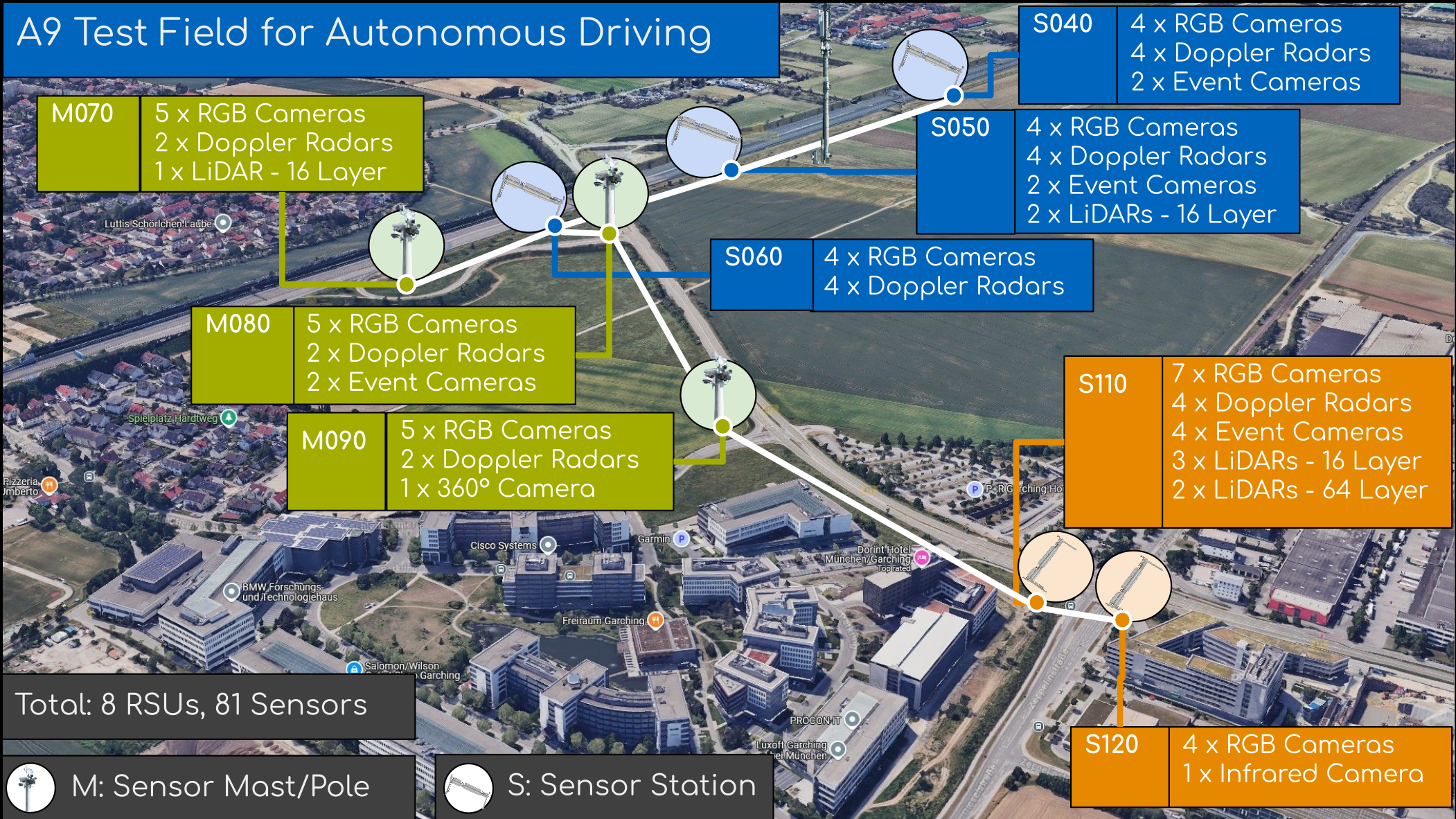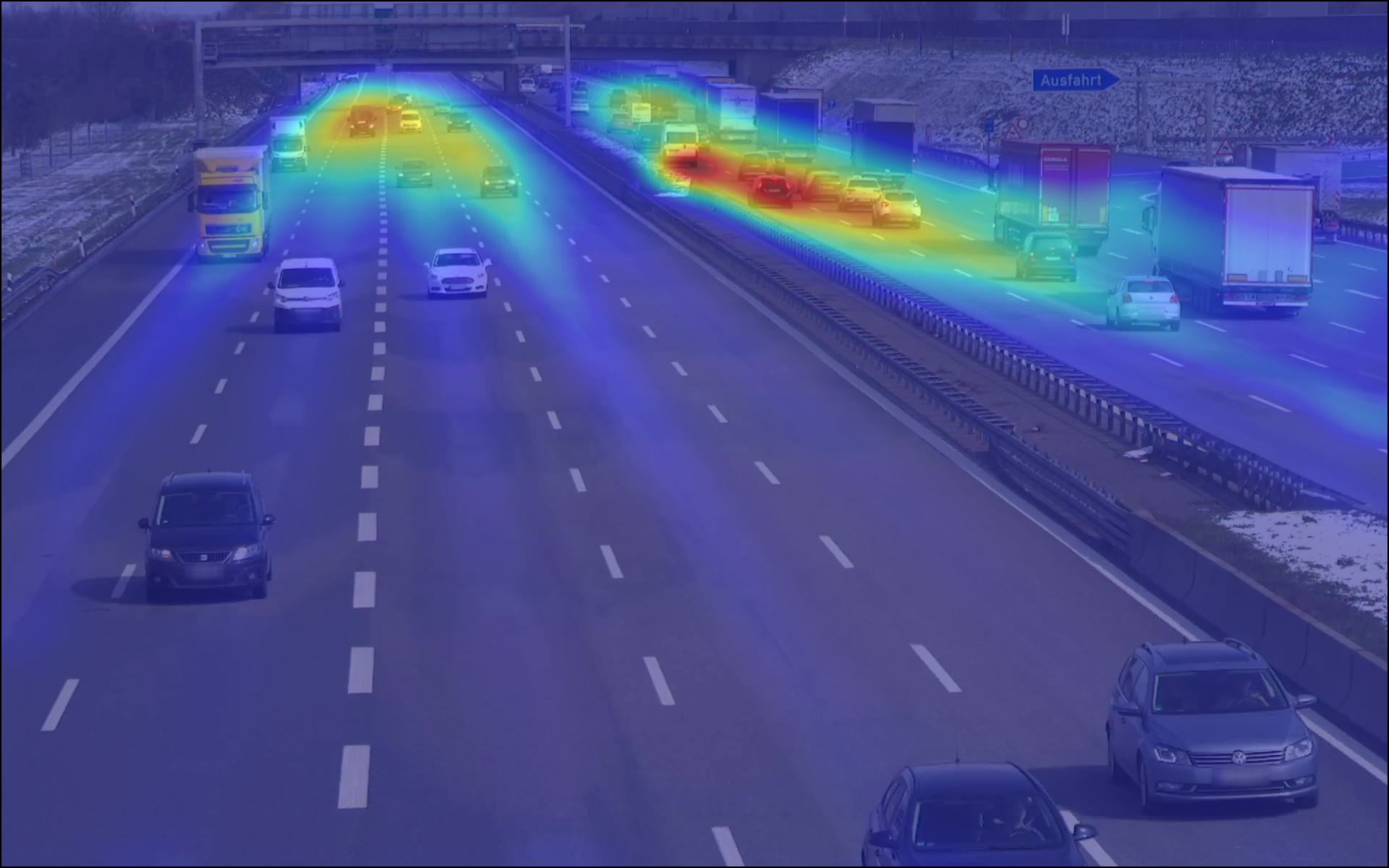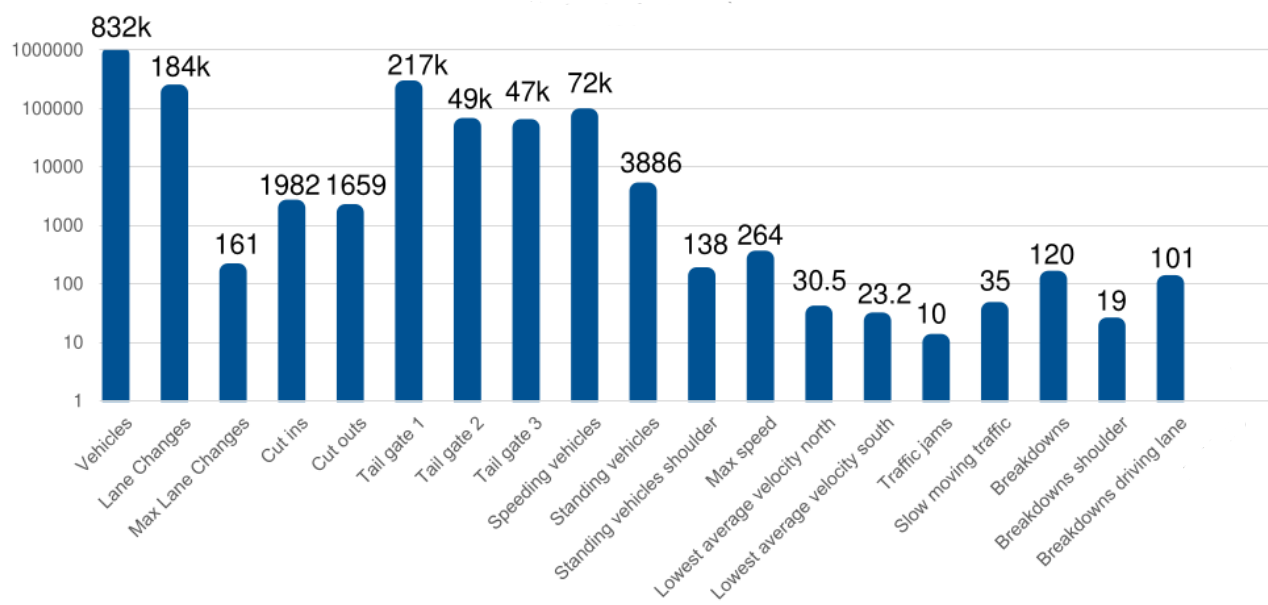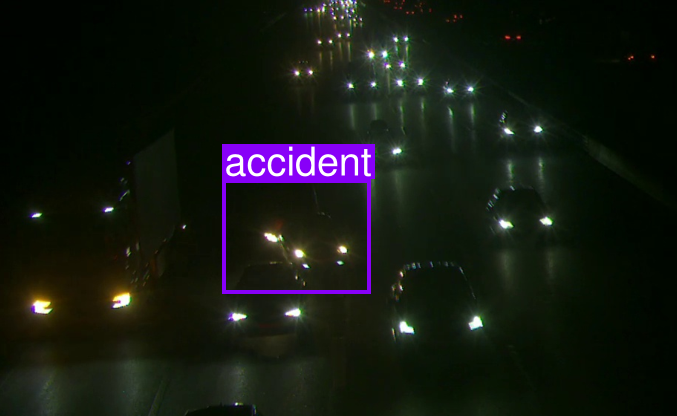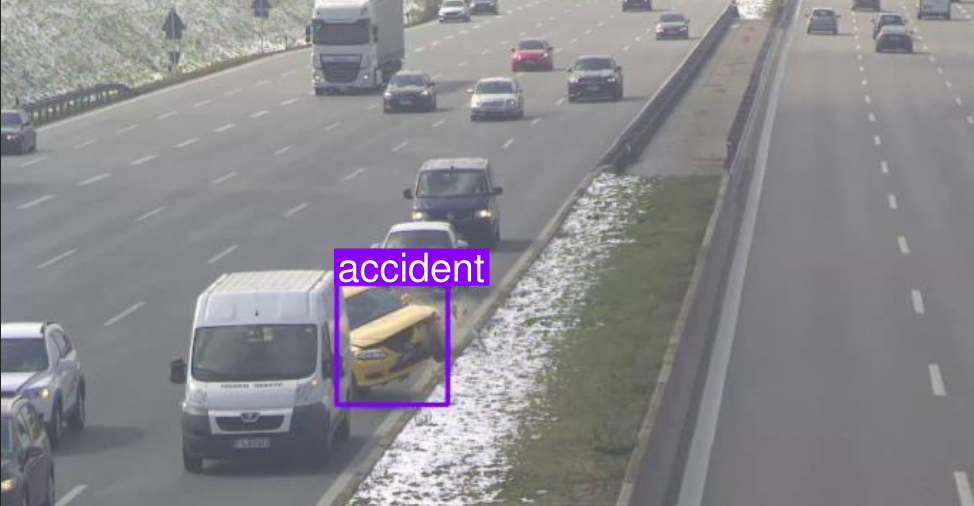It contains:
- data collected by 5 sensors (cameras and LiDARs) simultaneously from onboard and roadside sensors.
- 111,945 labeled frames of vehicle crashes at high-speed driving.
- 2,634,233 labeled 3D bounding boxes, instance segmentation masks, 2D bounding boxes with track IDs.
- Real accidents including vehicle rollovers, vehicles catching fire and collision events.
- HD map of the highway.
- Labels in OpenLABEL standard.
- A dataset development kit to load, preprocess, visualize, convert labels, and to evaluate accident detection models.

